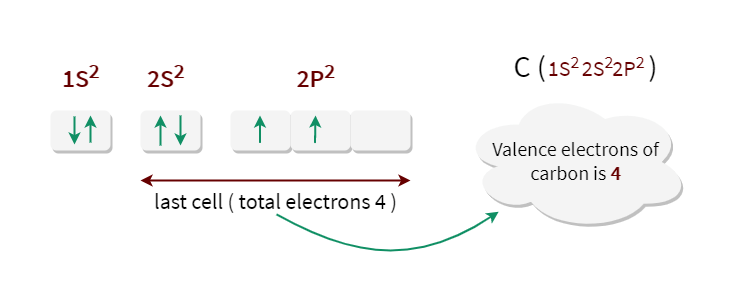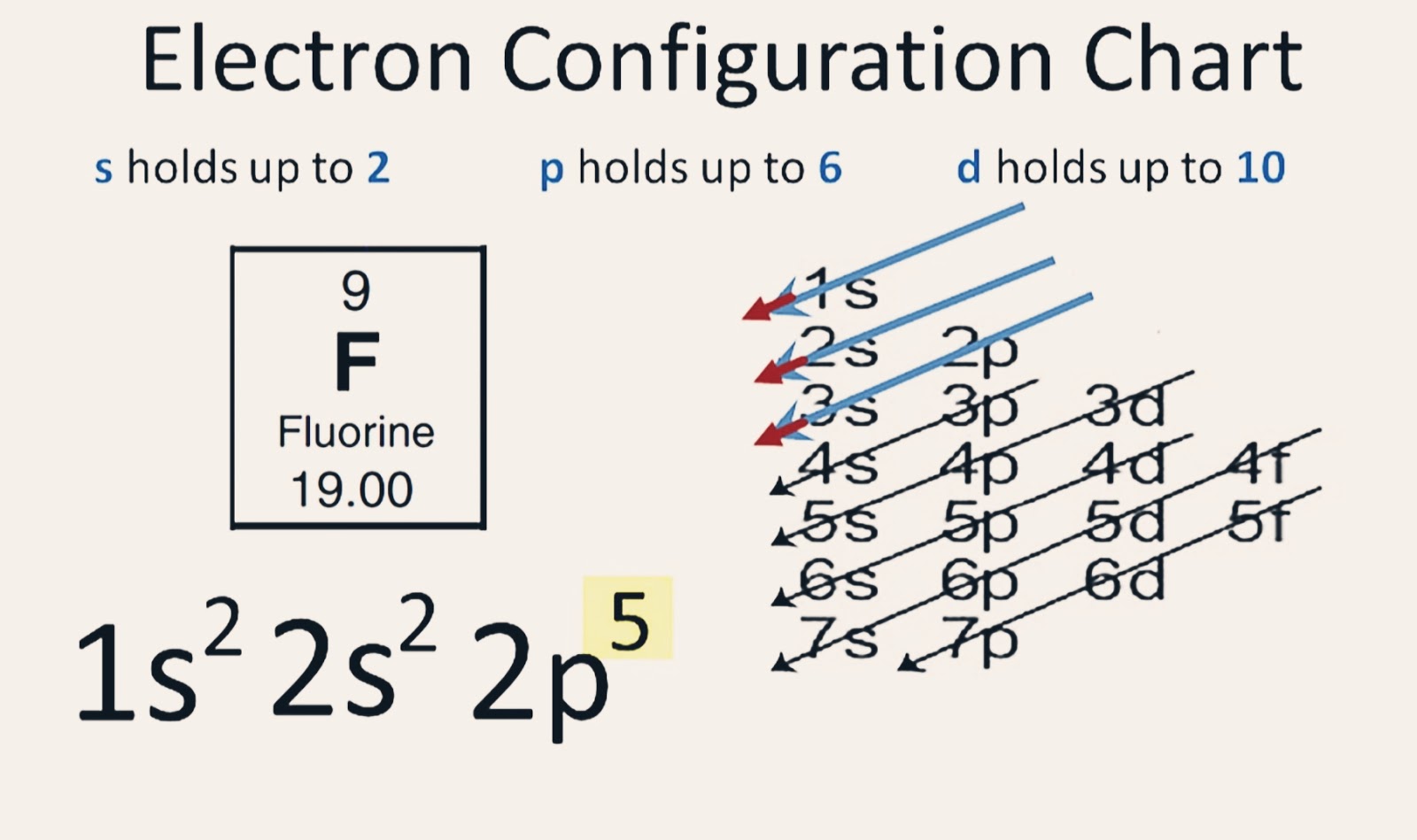
Therefore, its electron configuration using shorthand standard notation would be: 5s2. For instance, Strontium has the same electron configuration as Krypton, but with two extra electrons in the s sub-shell. If an element has the same electron configuration as a noble gas, with the addition of a few extra electrons, then the name of the noble gas is written in square brackets and the extra electron sub-shells are added as usual. To simplify this, scientists use shorthand standard notation. When it comes to heavier elements, writing out all the different sub-shells can get tiring. Its electron configuration using standard notation would be: 1s2 2s2 2p2. However, empty sub-shells can be left out.įor example, let's take Carbon which has two electrons in each of the 1s, 2s and 2p sub-shells. You simply list the electron sub-shells and indicate the number of electrons they contain with a superscript number. The first way to represent electron configuration is by using standard notation, which is the easiest method. We have two different ways of representing electron configuration: Standard notation.
Carbon electron configuration how to#
But before we can start figuring out the electron configurations of different elements, we need to learn how to represent them. These two rules are the foundation of electron configuration. This means that within sub-shells, electrons like to have their own space and will fill up empty orbitals first. The increasing energy of electron sub-shellsĮlectrons are like negative magnets - they repel each other, so they prefer to keep their distance. Here's a helpful diagram to show you the different energy levels of each sub-shell. But there's one exception: the 3d sub-shell actually has a lower energy level than the 4s sub-shell, so it gets filled first. Inside each shell, they start with the s sub-shell, then move on to the p sub-shell, and finally the d sub-shell. This means they start filling up the shells with the lowest principal quantum numbers first. Just like how you'd rather sit in a comfy chair than a hard one, electrons prefer to be in a lower energy state. When it comes to filling up orbitals with electrons, they follow a pretty simple rule: they always go for the lowest energy level first.

We’ll take a look at both of them in turn before putting them into practice with some examples. These are known as Hund’s rule and the Aufbau principle. There are two main rules that you should know that will help you work out an atom’s electronic configuration. So, electron configuration is really just a way of saying how many electrons are in each orbital, and which shell and sub-shell they're in. The shape of the orbital depends on which sub-shell it's in. It's like a tiny electron clubhouse! Each orbital can only have two electrons and they have to have different spins. Orbitals are like tiny spaces where electrons hang out. The different energy levels of shells, subshells and orbitals For example, the s sub-shell has just one orbital whilst p sub-shells have three and d sub-shells have five. Each sub-shell contains different numbers of orbitals.

They also have different energy levels - the s sub-shell has the lowest energy, then p, then d, then f. Sub-shells are divisions within each shell. As shells get further from the nucleus, their principal quantum number increases and they have a higher energy level. Each shell has a specific principal quantum number. Electron shellsĮlectron shells are also known as energy levels. For now, we’ll just provide a quick summary. If you’re not familiar with the above terms, we recommend looking at Electron Shells to learn a bit more about them. What is electron configuration?Įlectron configuration, also known as electronic configuration, is the arrangement of electrons in shells, sub-shells, and orbitals within the atom. Finally, we'll look at the evidence that supports electron configuration.

We'll also work through some examples to help you understand how to calculate electron configuration. We'll define it, look at how it's represented, and learn about the Aufbau principle and Hund's rule. In this article, we'll explore the basics of electron configuration. But how do we figure out the electron configuration of an element or ion? It's an important concept in physical chemistry and helps us understand the reactivity and chemical properties of an element. Electron configuration is a way of describing the arrangement of electrons in an atom or ion.


 0 kommentar(er)
0 kommentar(er)
